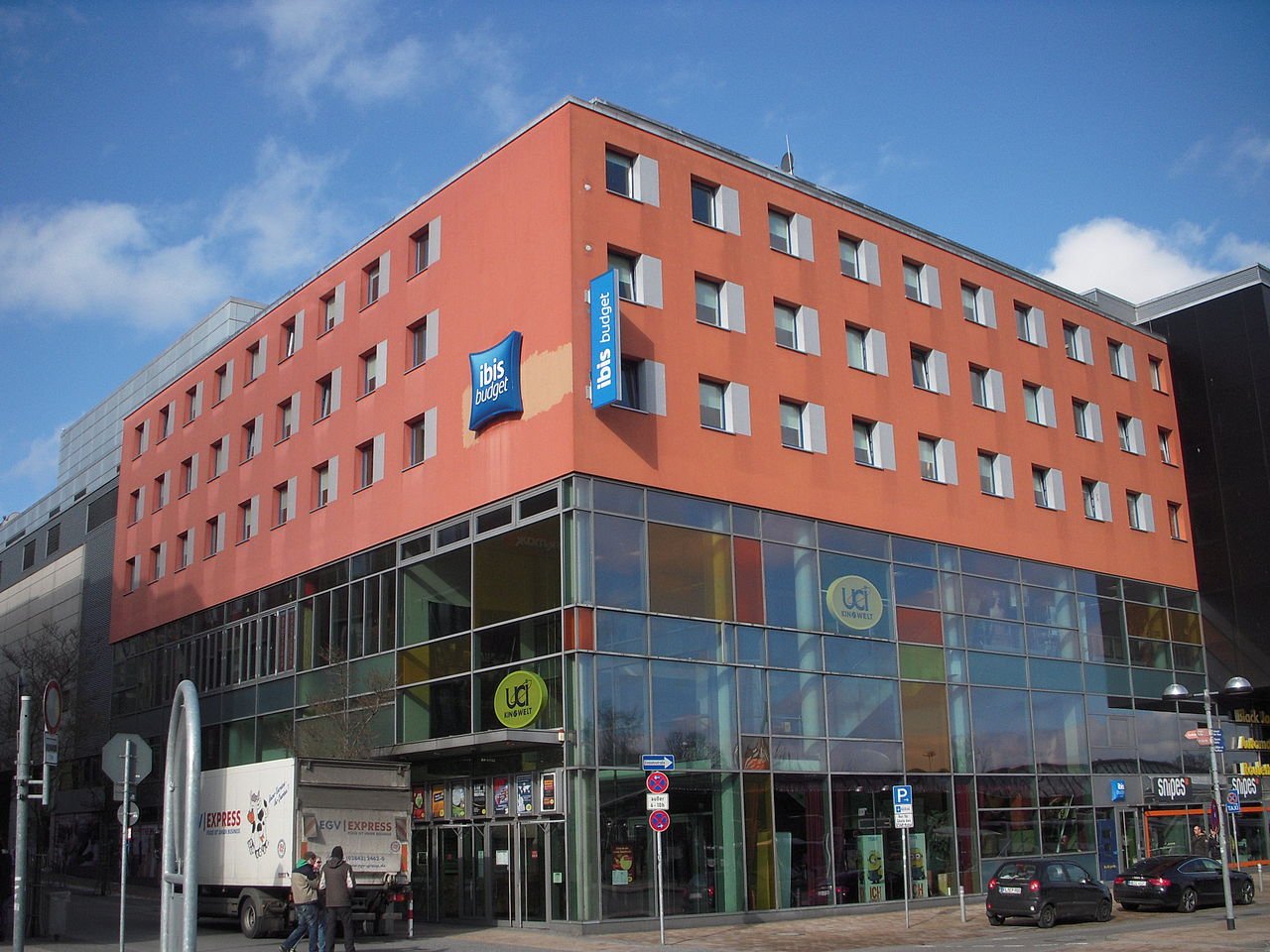
The Hidden Cost of Aging Commercial Buildings on City Budgets
In the heart of every city, towering monuments of brick, concrete, and steel whisper stories of bygone eras. These aging commercial buildings, once the cornerstones of economic vitality, now stand as quiet sentinels of the past, symbols of a city’s evolution and sometimes, its stagnation. While they often evoke nostalgia and architectural appreciation, they also represent a growing financial burden. Beneath their weathered façades lies a hidden and mounting cost that increasingly weighs down city budgets.
This is the story of how legacy infrastructure, despite its charm and history, is quietly draining municipal resources, and why cities must reckon with this underappreciated economic challenge before it spirals beyond control.
The Rise and Decline of the Urban Workhorse
Commercial buildings constructed in the early to mid-20th century were designed with durability in mind. Massive, concrete-framed structures with thick walls and minimal insulation, they were built to last, and many of them did. For decades, they housed bustling offices, warehouses, factories, and shops. Cities flourished around them, and they contributed handsomely to local tax rolls.
But time has a way of catching up.
By the 1990s and early 2000s, many of these structures began to show their age. Deferred maintenance, outdated HVAC systems, inadequate fire safety infrastructure, and poor energy performance made them less attractive to tenants. The cost to retrofit or maintain them grew year after year, and one by one, many fell vacant.
Today, these aging commercial buildings sit in a strange purgatory: too outdated to attract modern tenants without substantial renovation, yet too valuable (or protected by heritage laws) to demolish. And as they sit, unused or underused, their hidden costs begin to surface, and cities are often the ones left footing the bill.
A Budgetary Slow Bleed
To the untrained eye, an abandoned office block or underutilized retail center may seem like a neutral fixture in the urban landscape. But beneath the surface, they quietly erode city finances in a variety of ways:
1. Loss of Property Tax Revenue
When buildings fall vacant or decline in value, their assessed property values drop. This means reduced property tax income for the city, often one of the largest sources of revenue for local governments. In areas where multiple aging commercial buildings languish, these losses compound quickly.
In Detroit, for instance, the decline of once-bustling office towers in the city center led to a steep decrease in commercial property tax revenue over the last two decades. This reduced the city’s ability to fund essential services, creating a vicious cycle of disinvestment.
2. Increased Public Safety Costs
Vacant buildings attract trouble. From squatters and vandalism to fires and structural collapses, they pose significant public safety risks. Municipalities are frequently called upon to secure these properties, conduct inspections, and respond to emergencies. This diverts precious resources from other public safety priorities.
In Chicago, fire department data shows a disproportionately high number of emergency calls are linked to unoccupied buildings, many of which are aging commercial properties.
3. Infrastructure Strain
Many older buildings are tied to legacy infrastructure systems that are no longer efficient or sustainable. Aging water mains, outdated electrical systems, and inefficient heating can all cause strain on public utilities. When systems fail, the city often ends up bearing repair costs, especially if property owners are absentee or bankrupt.
Additionally, stormwater runoff and environmental hazards (like asbestos and lead paint) from deteriorating buildings can impact broader urban systems, prompting regulatory responses and cleanup expenses.
4. Opportunity Cost
Every square foot of land in a city has economic potential. When that land is tied up in buildings that no longer contribute to the tax base or support community needs, it represents a lost opportunity. Cities miss out on housing developments, mixed-use spaces, or modern offices that could bring in new businesses and residents.
This lost potential may be hard to quantify, but its effects are deeply felt, especially in growing cities that are short on buildable land.
The Hidden Complexity of Demolition and Redevelopment
Some might argue: why not just tear these buildings down and start fresh? The answer lies in a tangled web of economics, regulation, and heritage.
Cost of Demolition
Demolishing a large commercial building is no small feat. It can cost anywhere from hundreds of thousands to millions of dollars, especially if hazardous materials like asbestos are involved. In many cases, private owners can’t afford these costs, and cities hesitate to take on the responsibility, especially when budgets are already tight.
Historic Designation Hurdles
Many older commercial buildings are protected under historic preservation laws. While these designations are important for cultural continuity and architectural integrity, they can complicate redevelopment efforts. Even simple renovations can require lengthy approval processes and specialized materials that drive up costs.
Legal and Ownership Entanglements
In some cases, ownership of old commercial properties is unclear, split among distant heirs, or tied up in legal disputes. Without clear ownership, cities struggle to enforce code compliance or initiate redevelopment plans. The legal wrangling alone can stall progress for years.
Case Study: Newark, New Jersey
Newark’s downtown commercial corridor is a textbook example of the challenges posed by aging infrastructure. Once a thriving business district in the 1950s, the area saw a dramatic decline by the 1980s. Buildings like the Griffith Building and the former S. Klein department store sat vacant for decades.
Despite plans and proposals for redevelopment, the cost of restoring these structures often proved prohibitive. Meanwhile, the city spent millions annually on emergency services, property management, and legal efforts related to these buildings. The tax revenue lost from the underutilized district added another layer of financial strain.
In recent years, a few success stories have emerged, thanks to public-private partnerships and state historic tax credits. But the journey has been slow, expensive, and complex.
Innovative Responses from Forward-Thinking Cities
Despite the challenges, some cities have begun to tackle the issue head-on with innovative programs designed to offset the hidden costs of aging buildings.
Adaptive Reuse Incentives
Cities like Los Angeles and Pittsburgh have adopted adaptive reuse ordinances, offering developers streamlined approval processes and tax breaks for converting old commercial buildings into housing or mixed-use spaces. These programs have breathed new life into countless structures while bolstering local economies.
Vacant Property Registries
To reduce public safety costs and hold property owners accountable, cities like Cleveland have implemented vacant property registries. Owners must register vacant commercial properties and pay escalating fees the longer they remain unused. This helps fund city inspections and incentivizes faster redevelopment.
Municipal Land Banks
In places like Atlanta and Buffalo, municipal land banks acquire derelict commercial properties and bundle them for redevelopment. This simplifies legal ownership issues and allows cities to strategically guide urban revitalization.
A Call for Proactive Investment
While programs like these show promise, they also highlight the importance of early and proactive investment. Waiting for buildings to fall into disrepair before taking action is far more expensive than maintaining them or facilitating transitions while they’re still viable.
Cities must begin to treat aging commercial buildings not as isolated problems, but as part of a broader economic ecosystem. Strategic planning, public-private collaboration, and smarter regulation can help convert these liabilities into assets.
The Human Cost Behind the Numbers
Behind every shuttered office building or crumbling storefront lies a deeper narrative, of job loss, neighborhood decline, and stalled dreams. Aging commercial buildings don’t just strain city budgets; they sap community vitality. They represent the inertia of past investment and the challenge of future vision.
As cities seek to build more resilient, inclusive futures, addressing the hidden cost of aging infrastructure must be part of the conversation. It’s not just about spreadsheets and tax rolls. It’s about restoring life to spaces that once defined a city’s identity, and could again, if given the chance.
Looking Forward
The road ahead isn’t easy, but it’s necessary. Cities must inventory their aging commercial stock, assess risk, and develop transparent strategies for revitalization. Federal and state governments can play a critical role by expanding access to redevelopment grants and low-interest loans, particularly for projects that serve affordable housing or small business needs.
Public engagement is also key. Residents often have powerful connections to these buildings and can offer insight into their potential reuse. From art centers and co-working spaces to affordable housing and public libraries, the possibilities are endless, but only if the community is part of the solution.
From Burden to Backbone
In every creaking elevator shaft, every weather-stained façade, and every flickering neon sign, there lies a choice. Cities can continue to ignore the slow bleed of aging commercial buildings, or they can confront the challenge with vision and determination.
With the right policies and partnerships, what once was a financial drain can become a foundation for growth. Aging buildings don’t have to be monuments to decline. They can be pillars of renewal, if we’re willing to see their potential, and invest in their future.





